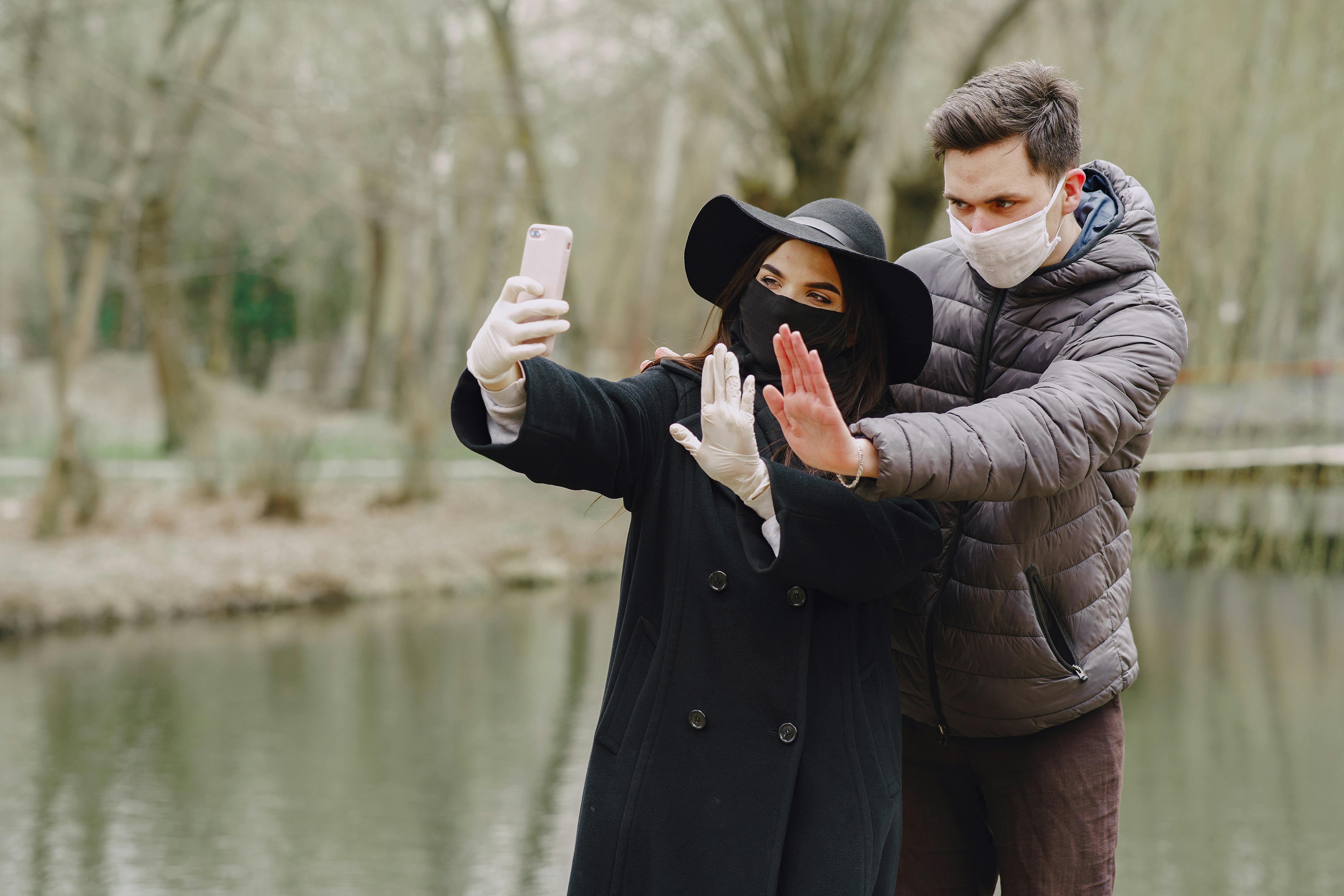If you are new to coin collecting, or even thinking about collecting coins, you should learn about “junk” coins. I have been collecting for about forty years. When I started, I had a little money to buy coins. Every Friday, I would go to the local coin dealer and search so hard that my head ached. I only bought the oldest coins I could even though they were in low grade “Above Good” (AG) or “Good” (G) condition. The first coin I bought was an 1819 large penny in AG condition for $9. The coin was so worn that the details could hardly be seen. If you rubbed both surfaces with your hand, you might detect slight light bumps.
The beauty of collecting old “junk” or “low ball” coins in grades AG through G is that you can own old coins that would tell many stories if they could talk. The spent coins belonged to not just one person, but perhaps hundreds of people. You wonder who could have owned them. As with my 1819 large penny, I wondered if Andrew Jackson, our seventh president, or some other well-known person might have owned it and pocketed it. What could that person have bought with it? Or, perhaps a child received it as a Christmas gift to start a piggy bank in the early 1800s.
What I didn’t consider then was the future market value of the coins. Many experienced collectors buy long-term for profit. So they buy the ones that are in better condition. Most coins in these higher grade conditions generally make for better investments. These conditions include Very Good (VG), Fine (F), Very Fine (VF), Extremely Fine (EF), Approximately Uncirculated (AU), and Uncirculated (U). There are even several grades for uncirculated coins. For now, don’t think too much about higher conditions.
The United States Mint has minted coins for the past two hundred and twenty years. Today, we use pennies, nickels, dimes, and quarters, and to a lesser degree, metal half dollars and dollars. But, in the second half of the 18th century, half pennies, pennies, half dimes, dimes, quarters, half dollars, and dollars were minted and circulated on a regular basis. Generally, the older the piece, the more active it has been circulating. Only half pennies and pennies are made of copper; the rest contain mainly silver.
It is worth noting some advantages of buying junk coins. First, you can buy these coins with little money. If you live on a low income, “low” pieces may fit your budget. Second, they hold their melting values very well, like copper in old-fashioned pennies and silver in dimes, quarters, half dollars, and dollars. (The nickels were made of copper-nickel.) While worn coins have lost investment value, they are still worth their weight in copper and silver. Also, I didn’t mention that gold coins were minted in the US for a long time until 1933. Pennies kept their copper until 1982. Dimes, quarters, half dollars, and dollars were all made from 90% copper. silver before 1965. Third, collect Old copper and especially silver coins can be used against inflation. When the value of the one dollar bill goes down and the US dollar bill loses its value, the price of silver goes up. So you could trade your junk coins for silver and get some good money. Copper is also up. I remember when an ounce of silver went from $7 to $50. If this change happened today, that old silver quarter you paid $4 for could net you $10 or more. Last but not least, you can play with those weathered coins: rub them all you want, imagine all the stories that coin could tell and show them to your friends. I knew someone who carried around a large hundred piece minted in 1800 to show people. Any other coins in better than “good” condition should probably be placed inside a 2 by 2 inch coin holder.
Don’t pay top dollar for expensive parts in better than “good” condition, unless you see better than good for cheap. Buy used coins with as little money as possible. Go to your local coin shop where you can buy individual pieces of scrap silver or in bulk. The best way to locate them is to google “junk coins” and you will find a few other companies that sell these coins individually or in bulk. Good luck collecting!



